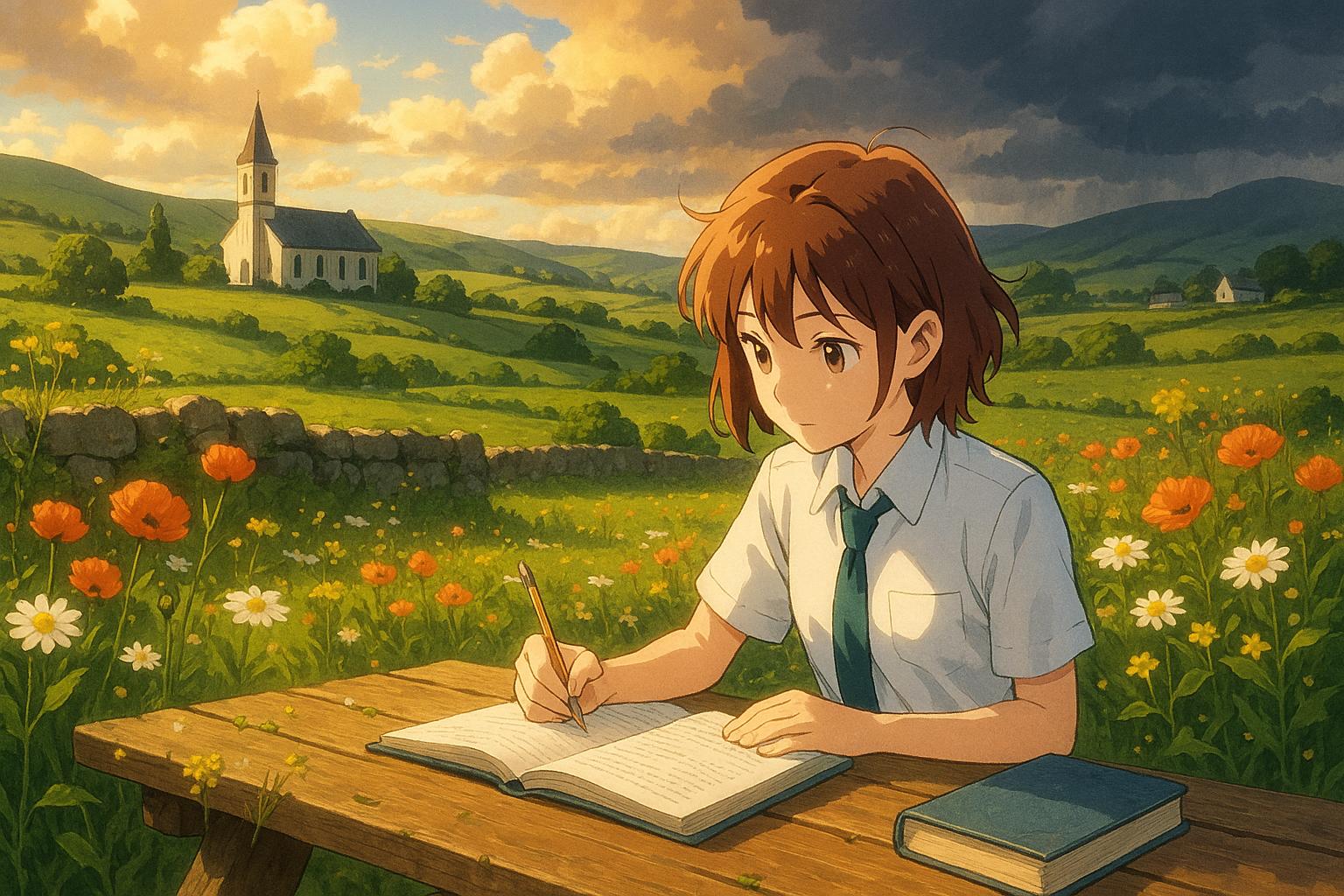As the sun blazes down this summer, it’s hard not to feel that we’ve been granted a rare gift. The historical patterns of Irish weather, however, often prompt a more cautious optimism. Many remember when prolonged dry spells in May and June would typically lead to a damp, disheartening July and August. This tendency fuels a collective hesitation: will this brilliant weather endure, or is it a fleeting joy, soon to be replaced by the customary rain?
Interestingly, the juxtaposition of sunny days and exam season often evokes bitter-sweet feelings. Students, too, seem to receive their share of this climatic irony as academic pressures coincide with glorious weather. Parents often joke that the sun will disappear just as the school year ends, leaving behind a landscape more synonymous with grey than green.
While the allure of ideal summer days spent picnicking, barbecuing, and basking in the sun is undeniable, the reality brings its own complexities. For some, the heat might be a nuisance—exacerbating allergies as pollen counts surge and attracting unwelcome insects. Furthermore, the Irish public faces unique challenges when adapting to warmer temperatures. Unlike many nations accustomed to sustained heat, Ireland is ill-prepared for these conditions; our buildings are often designed to retain heat rather than provide relief, and we lack widespread air conditioning.
Recent discussions surrounding heatwaves have reignited historical reflections, notably highlighted in John L Williams’s book Heatwave: The Summer of 1976 – Britain at Boiling Point. This account vividly illustrates how a searing summer can act as a catalyst for social unrest, with the intense heat in 1976 provoking a cultural and political pressure cooker. It remarkably mirrors contemporary concerns; experiencing warmer weather can amplify social tensions, even if the correlation is not straightforward.
The Irish climate has been increasingly shifting, with June 2023 setting a record high, averaging temperatures above 16°C for the first time since records began in 1940. This trend of rising temperatures is not isolated—2023 is projected to surpass previous years as the warmest on record in Ireland. Such climatic changes, according to Met Éireann, are indicative of a broader pattern of warming, presenting both opportunities and challenges. Notably, with summer heat becoming more frequent, Ireland could transform from a traditionally cooler destination into a more appealing option for tourists seeking respite from extreme Mediterranean heat.
Moreover, while tourism may benefit from a more temperate Irish summer, it is essential to consider the health implications of these warmer conditions. Research indicates that sudden exposure to excessive heat can increase mortality rates among a population largely unfamiliar with such extremes. The Irish are known for their fair skin, which renders them particularly susceptible to sunburn and heat-related illnesses. Widespread education around sun safety, including the importance of high-factor sunscreens and seeking shade, is paramount as weather becomes more unpredictable.
While the prospect of blistering summers is alarming, the evolution of Ireland's climate also invites a reevaluation of how we perceive our weather. The unpredictability that comes with a temperate climate may well offer more advantages than we acknowledge—ranging from enhanced biodiversity to more manageable summer heat. Instead of lamenting the occasional sunless summer, perhaps it’s time to appreciate the varied experiences that our climate affords.
As we navigate these shifts, embracing both the fragrant blooms of summer and the cooling rains that follow may be the key. After all, in a world increasingly shaped by climate change, celebrating the richness of our weather might just enrich our lives more than we realise.
Reference Map
- Paragraphs 1, 2, 3, 4, 5, 6
- Paragraphs 2, 3, 4, 5
- Paragraphs 2, 5, 6
- Paragraph 5, 6
- Paragraphs 5, 6
- Paragraphs 1, 2, 4, 6
- Paragraph 3, 6
Source: Noah Wire Services
